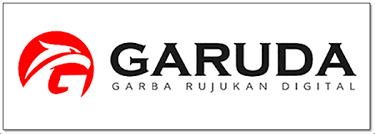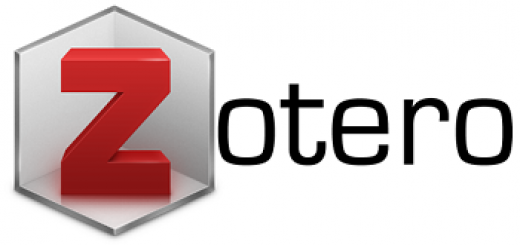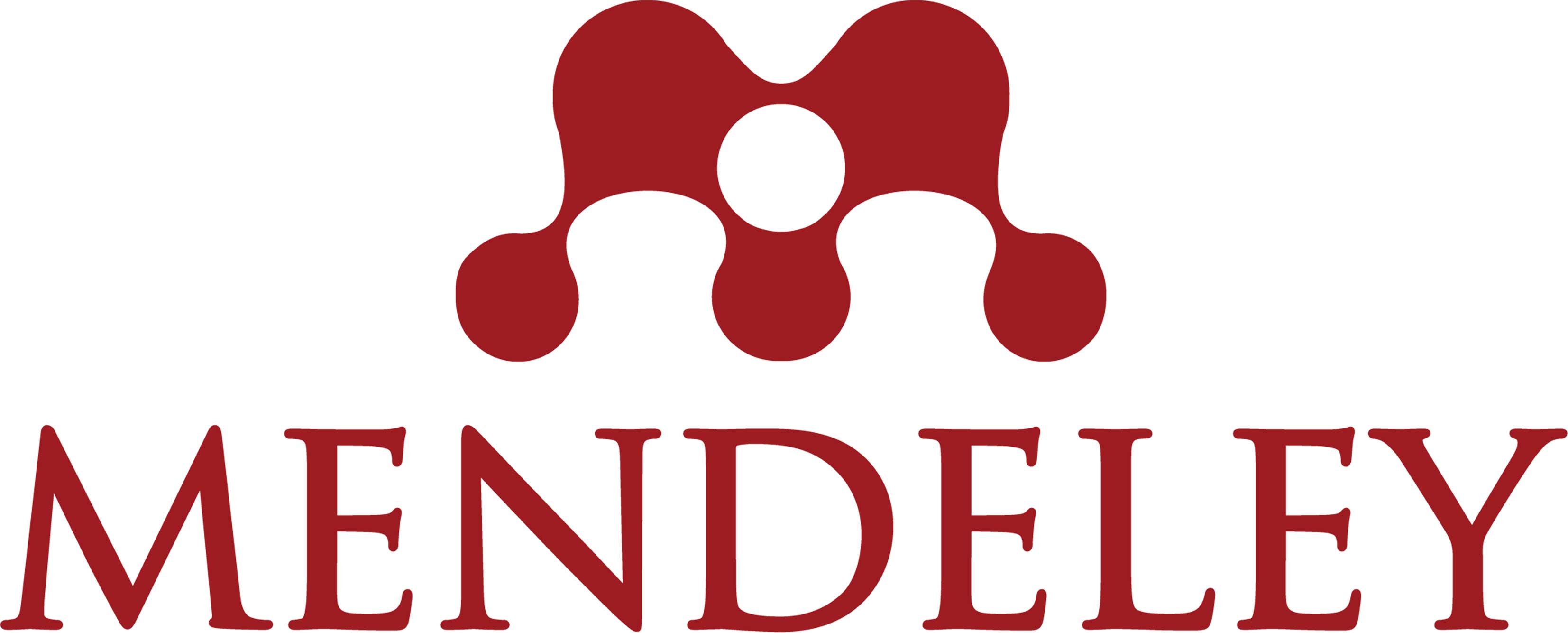Exploring the Manifestation of Critical Thinking in a Coursebook for Advanced Reading Class
DOI:
https://doi.org/10.17977/um064v2i72022p944-957Keywords:
Critical thinking, coursebook evaluation, advanced reading coursebookAbstract
Abstract: The purpose of this study was to explore whether Advanced Reading, an intensive reading coursebook in advanced level, includes elements of critical thinking, which refers to the skill, disposition, and knowledge. Critical thinking in this study refers to the thinking processes from Thomas and Lok’s (2015) framework. This study adopted a qualitative approach using an evaluation checklist adapted from Thomas and Lok (2015). A deductive content analysis was used to explore the manifestation of critical thinking in the coursebook. A total of 6 units were analyzed in this study using a framework of critical thinking in higher education. The content analysis revealed that the Advanced Reading comprised all the critical thinking aspects in the framework. These included critical thinking skills, dispositions, and knowledge which were elaborated in the coursebook in the form of texts, activities, and tasks. Future researchers are encouraged to investigate the other level of intensive reading coursebooks in order to add more comprehensive explanation in the scholarship of critical thinking and textbook writings.
Keywords: critical thinking; coursebook evaluation; Advanced Reading coursebook
Abstrak: Tujuan penelitian ini adalah untuk mengeksplorasi apakah buku Advanced Reading telah memuat elemen berpikir kritis yang mengacu pada keterampilan, perilaku, dan pengetahuan. Advanced Reading merupakan salah satu buku yang digunakan di kelas membaca intensif tingkat mahir. Berpikir kritis yang dimaksud dalam penelitian ini mengacu pada kerangka berpikir Thomas dan Lok (2015) yang meliputi aspek pengetahuan, aspek keterampilan, dan aspek perilaku. Metode konten analisis digunakan untuk mengeksplorasi keberadaan elemen berpikir kritis dalam buku Advanced Reading sebagai sumber data. Jumlah bab yang diteliti dalam studi ini adalah sebanyak 6 unit. Data yang berupa materi di dalam buku tersebut kemudian dianalisis menggunakan sebuah kerangka berpikir yang mengacu pada standar berpikir kritis di tingkat perguruan tinggi. Kerangka berpikir tersebut adalah milik Thomas dan Lok (2015). Dari hasil analisis konten, didapatkan hasil bahwa Advanced Reading mencakup seluruh aspek yang menjadi standar dalam kerangka berpikir Thomas dan Lok. Hal tersebut meliputi aspek kemampuan, sikap, dan pengetahuan Penelitian lebih lanjut diperlukan untuk menginvestigasi buku dalam kelas membaca intensif dengan level yang berbeda.
Kata kunci: berpikir kritis, evaluasi buku, buku Advanced Reading
References
Andreani, S. (2011). Advanced Reading (Unpublished). Malang: Universitas Negeri Malang
Bailin, S., Case, R., Coombs, J. R., & Daniels, L. B. (1999). Conceptualizing critical thinking. Journal of Curricu-lum Studies, 31(3), 285–302. doi: https://doi.org/10.1080/002202799183133
Elo, S., & Kyngäs, H. (2007). The qualitative content analysis process. Journal of Advanced Nursing, 62(1), 107–115. doi: https://doi.org/10.1111/j.1365-2648.2007.04569.x
Ennis, R. H. (1985). A logical basis for measuring critical thinking skills. The Association for Supervision and Curriculum Development. Retrieved from https://jgregorymcverry.com/readings/ennis1985assessingcriticalthinking.pdf
Facione, P. A., Facione, N. C., and Giancarlo, C. A. (2000). The disposition towards critical thinking: Its char-acter, measurement, and relationship to critical thinking skill. Informal Logic, 20(1), 61–84. doi: https://doi.org/10.22329/il.v20i1.2254
Halpern, D. F. (2003). Thought and knowledge: An introduction to critical thinking. New Jersey: Lawrence Erl-baum Associates Publishers.
Hare, W. (1979). Open-mindedness and education. Montreal: McGill-Queen's University Press.
Ibeng, P. (2022). Moral adalah. Pendidikan.co.id. Retrieved from https://pendidikan.co.id/pengertian-moral/
Ilyas, H. P. (2015). Critical thinking: Its representation in Indonesian ELT textbooks and education. (Un-published doctoral thesis, University of York, UK). Retrieved from https://etheses.whiterose.ac.uk/12688/
Indrasiene, V., Jegeleviciene, V., Merfeldaite, O., Penkauskiene, D., Pivoriene, J., Railiene, A., . . . Valaviciene, N. (2021). Linking critical thinking and knowledge management: A conceptual analysis. Sustainability 2021, 13(3), 1476. doi:https://doi.org/10.3390/su13031476
Jebbour, M. (2019). Exploring the manifestation of critical thinking in the Moroccan coursebooks of English: The case of “Ticket 2 English.” JEES: Journal of English Educators Society, 4(1), 39–45. doi: https://doi.org/10.21070/jees.v4i1.1783
Kemendikbud. (2019). Profil Pelajar Pancasila. Retrieved from http://ditpsd.kemdikbud.go.id/hal/profil-pelajar-pancasila]
Lai, E. R. (2011). Critical thinking: A literature review. London: Parsons Publishing. Retrieved from http://images.pearsonassessments.com/images/tmrs/CriticalThinkingReviewFINAL.pdf
Longman Online Dictionary. (n.d.). Retrieved from https://www.ldoceonline.com/dictionary/reasoning
Masduqi, H. (2006). Critical thinking skills and meaning in English Language Teaching. TEFLIN Journal, 22(2), 185–200. Retrieved from https://journal.teflin.org/index.php/journal/article/view/26
Muniroh, S. (2021). Critical thinking in the policies for EFL teacher education in Indonesia. In The Changing Face of ELT: A Festschrift for Prof. Ali Saukah and Prof. M. Adnan Latief, pp. 25–42. Malang: Universi-tas Negeri Malang Press.
Newton, R.. (2018, November 18). Why you need reasoning skills and 4 science-backed ways to develop them. Learning Mind. Retrieved from https://www.learning-mind.com/reasoning-skills/
Saadé, R. G., Morin, D., & Thomas, J. D. E. (2012). Critical thinking in e-learning environments. Computers in Human Behavior, 28(5), 1608–1617. doi: https://doi.org/10.1016/j.chb.2012.03.025
Sari, R. N., & Sakhiyya, Z. (2020). The textbook analysis on students' book of Symphony 1 English course book for Senior High School Grade X viewed from higher order thinking skills. ELT Forum: Journal of English Language Teaching, 9(2), 203–212. doi: https://doi.org/10.15294/elt.v9i2.38711
Siegel, H. (1988). Educating reason: Rationality, critical thinking, and education. London: Routledge.
Tang, L. (2016). Exploration on cultivation of critical thinking in college Intensive Reading course. English Language Teaching, 9(3), 18–23. doi: 10.5539/elt.v9n3p18
Thomas, K., & Lok, B. (2015). Teaching critical thinking: An operational framework (1st ed.; K. Thomas & B. Lok, Eds.). New York: Palgrave Macmillan.
Tuzlukova, V., Al Busaidi, S., & Burns, S. L. (2017). Critical thinking in the language classroom: Teacher be-liefs and methods. Social Sciences & Humanities, 25(2), 615–634. Retrieved from https://www.researchgate.net/publication/317763720_Critical_thinking_in_the_language_classroom_Teacher_beliefs_and_methods
Wirth, K & Aziz, F. (2013). Better learning through better reading and reflecting. Retrieved from https://serc.carleton.edu/acm_teagle/projects/wirth.html
Zabihi, R., & Pordel, M. (2011). An investigation of critical reading in reading textbook: A qualitative analy-sis. International Education Studies, 4(3), 80–87. doi: https://doi.org/10.5539/ies.v4n3p80
Downloads
Published
How to Cite
Issue
Section
License
Copyright (c) 2022 Nur Nilam Ayu Saputri, Niamika El Khoiri, Siti Muniroh

This work is licensed under a Creative Commons Attribution-ShareAlike 4.0 International License.





























